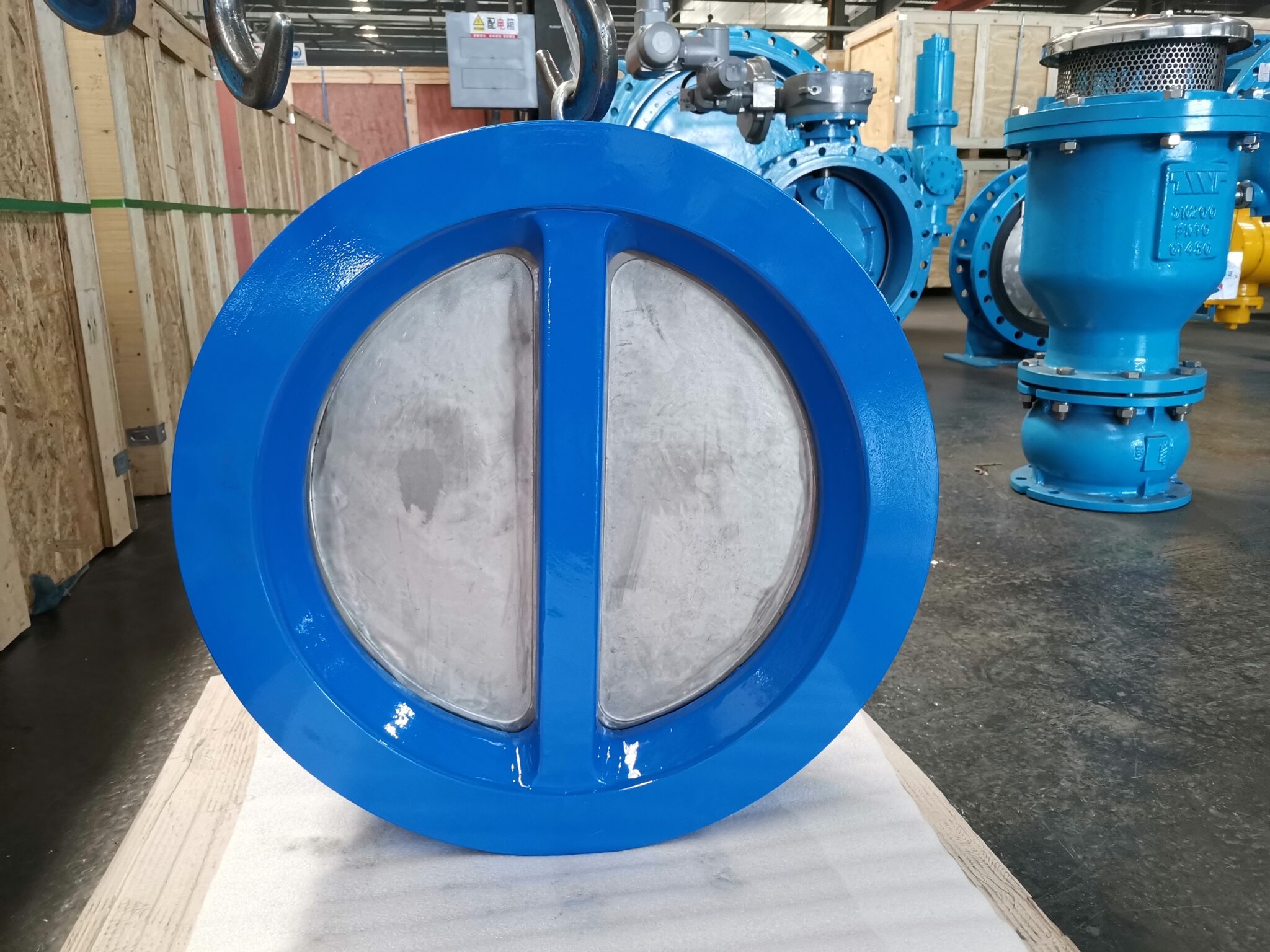Double door check valves, also known as dual plate check valves, are primarily designed for preventing backflow in pipelines and ensuring unidirectional flow. While they are effective for blocking reverse flow and maintaining system integrity, they are not typically used for flow modulation or flow control purposes.
The design of double door check valves consists of two spring-loaded doors or plates that automatically close when flow reverses, preventing backflow. When forward flow resumes, the plates open to allow fluid passage. This design is efficient for on/off operation but does not provide the precision or adjustability required for flow modulation.
For flow modulation applications where precise control over flow rates is necessary, other types of valves, such as globe valves, needle valves, or control valves, are more suitable. These valves offer mechanisms for adjusting flow rates by varying the degree of valve opening, throttling flow through the valve, or using control systems to regulate flow based on specific parameters.
In summary, while double door check valves are essential for preventing backflow and maintaining system integrity, they are not designed for flow modulation purposes. For applications requiring flow control or modulation, other valve types specifically designed for this purpose should be utilized.
